Chen Lu
Pre-Trained Large Language Model Based Remaining Useful Life Transfer Prediction of Bearing
Jan 13, 2025



Abstract:Accurately predicting the remaining useful life (RUL) of rotating machinery, such as bearings, is essential for ensuring equipment reliability and minimizing unexpected industrial failures. Traditional data-driven deep learning methods face challenges in practical settings due to inconsistent training and testing data distributions and limited generalization for long-term predictions.
LLM-R: A Framework for Domain-Adaptive Maintenance Scheme Generation Combining Hierarchical Agents and RAG
Nov 07, 2024



Abstract:The increasing use of smart devices has emphasized the critical role of maintenance in production activities. Interactive Electronic Technical Manuals (IETMs) are vital tools that support the maintenance of smart equipment. However, traditional IETMs face challenges such as transitioning from Graphical User Interfaces (GUIs) to natural Language User Interfaces (LUIs) and managing complex logical relationships. Additionally, they must meet the current demands for higher intelligence. This paper proposes a Maintenance Scheme Generation Method based on Large Language Models (LLM-R). The proposed method includes several key innovations: We propose the Low Rank Adaptation-Knowledge Retention (LORA-KR) loss technology to proportionally adjust mixed maintenance data for fine-tuning the LLM. This method prevents knowledge conflicts caused by mixed data, improving the model's adaptability and reasoning ability in specific maintenance domains, Besides, Hierarchical Task-Based Agent and Instruction-level Retrieval-Augmented Generation (RAG) technologies are adopted to optimize the generation steps and mitigate the phenomenon of hallucination caused by the model's Inability to access contextual information. This enhancement improves the model's flexibility and accuracy in handling known or unknown maintenance objects and maintenance scheme scenarios. To validate the proposed method's effectiveness in maintenance tasks, a maintenance scheme dataset was constructed using objects from different fields. The experimental results show that the accuracy of the maintenance schemes generated by the proposed method reached 91.59%, indicating which improvement enhances the intelligence of maintenance schemes and introduces novel technical approaches for equipment maintenance.
LLM-based Framework for Bearing Fault Diagnosis
Nov 05, 2024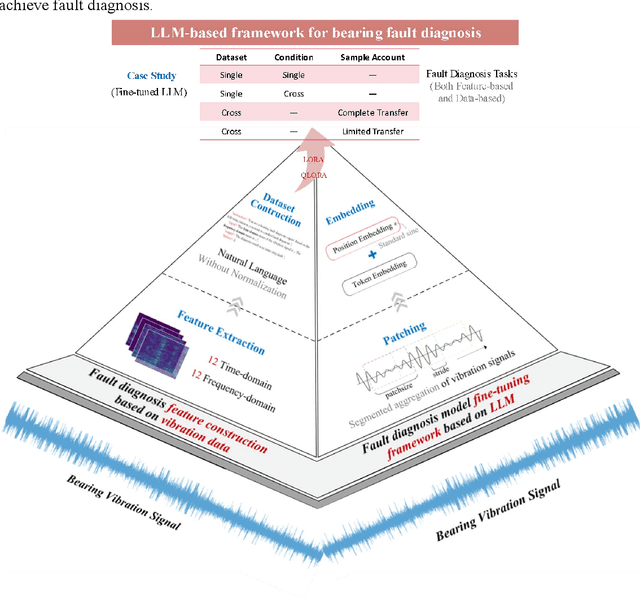
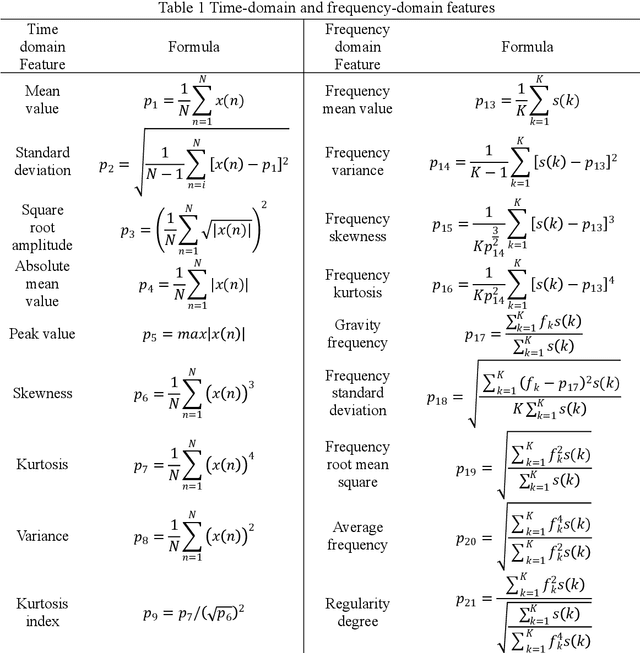

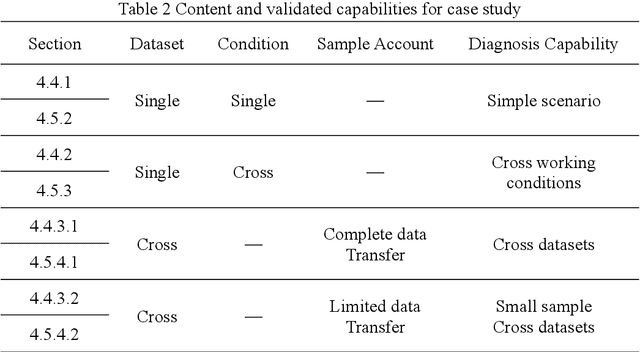
Abstract:Accurately diagnosing bearing faults is crucial for maintaining the efficient operation of rotating machinery. However, traditional diagnosis methods face challenges due to the diversification of application environments, including cross-condition adaptability, small-sample learning difficulties, and cross-dataset generalization. These challenges have hindered the effectiveness and limited the application of existing approaches. Large language models (LLMs) offer new possibilities for improving the generalization of diagnosis models. However, the integration of LLMs with traditional diagnosis techniques for optimal generalization remains underexplored. This paper proposed an LLM-based bearing fault diagnosis framework to tackle these challenges. First, a signal feature quantification method was put forward to address the issue of extracting semantic information from vibration data, which integrated time and frequency domain feature extraction based on a statistical analysis framework. This method textualized time-series data, aiming to efficiently learn cross-condition and small-sample common features through concise feature selection. Fine-tuning methods based on LoRA and QLoRA were employed to enhance the generalization capability of LLMs in analyzing vibration data features. In addition, the two innovations (textualizing vibration features and fine-tuning pre-trained models) were validated by single-dataset cross-condition and cross-dataset transfer experiment with complete and limited data. The results demonstrated the ability of the proposed framework to perform three types of generalization tasks simultaneously. Trained cross-dataset models got approximately a 10% improvement in accuracy, proving the adaptability of LLMs to input patterns. Ultimately, the results effectively enhance the generalization capability and fill the research gap in using LLMs for bearing fault diagnosis.
RSL-BA: Rolling Shutter Line Bundle Adjustment
Aug 10, 2024
Abstract:The line is a prevalent element in man-made environments, inherently encoding spatial structural information, thus making it a more robust choice for feature representation in practical applications. Despite its apparent advantages, previous rolling shutter bundle adjustment (RSBA) methods have only supported sparse feature points, which lack robustness, particularly in degenerate environments. In this paper, we introduce the first rolling shutter line-based bundle adjustment solution, RSL-BA. Specifically, we initially establish the rolling shutter camera line projection theory utilizing Pl\"ucker line parameterization. Subsequently, we derive a series of reprojection error formulations which are stable and efficient. Finally, we theoretically and experimentally demonstrate that our method can prevent three common degeneracies, one of which is first discovered in this paper. Extensive synthetic and real data experiments demonstrate that our method achieves efficiency and accuracy comparable to existing point-based rolling shutter bundle adjustment solutions.
Enhancing Complex Causality Extraction via Improved Subtask Interaction and Knowledge Fusion
Aug 06, 2024
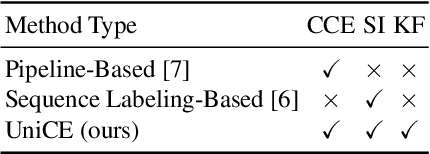
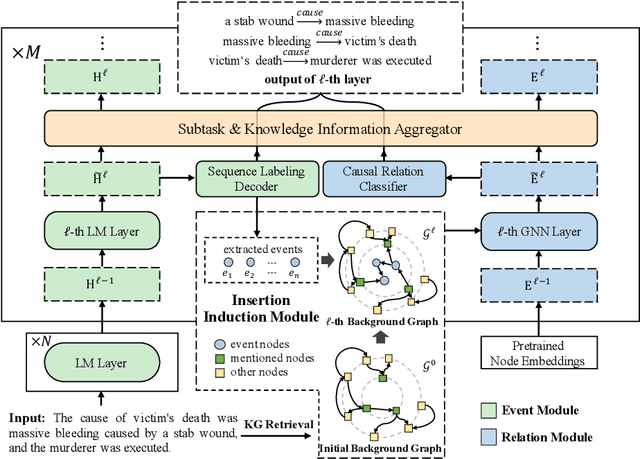
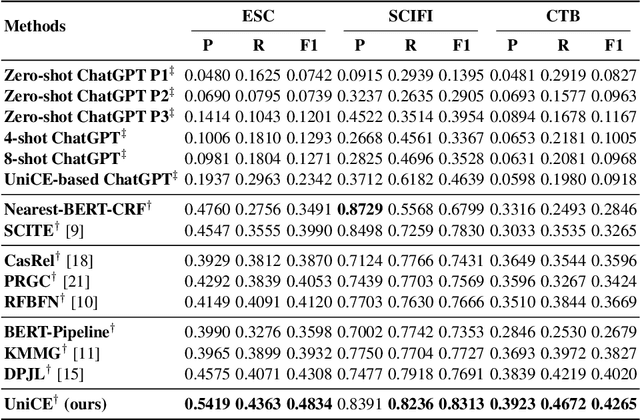
Abstract:Event Causality Extraction (ECE) aims at extracting causal event pairs from texts. Despite ChatGPT's recent success, fine-tuning small models remains the best approach for the ECE task. However, existing fine-tuning based ECE methods cannot address all three key challenges in ECE simultaneously: 1) Complex Causality Extraction, where multiple causal-effect pairs occur within a single sentence; 2) Subtask~ Interaction, which involves modeling the mutual dependence between the two subtasks of ECE, i.e., extracting events and identifying the causal relationship between extracted events; and 3) Knowledge Fusion, which requires effectively fusing the knowledge in two modalities, i.e., the expressive pretrained language models and the structured knowledge graphs. In this paper, we propose a unified ECE framework (UniCE to address all three issues in ECE simultaneously. Specifically, we design a subtask interaction mechanism to enable mutual interaction between the two ECE subtasks. Besides, we design a knowledge fusion mechanism to fuse knowledge in the two modalities. Furthermore, we employ separate decoders for each subtask to facilitate complex causality extraction. Experiments on three benchmark datasets demonstrate that our method achieves state-of-the-art performance and outperforms ChatGPT with a margin of at least 30% F1-score. More importantly, our model can also be used to effectively improve the ECE performance of ChatGPT via in-context learning.
An Outline of Prognostics and Health Management Large Model: Concepts, Paradigms, and Challenges
Jul 01, 2024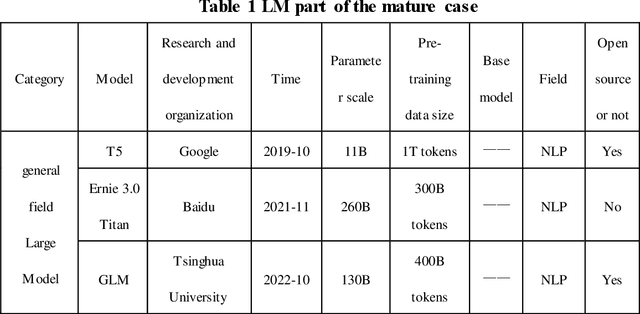
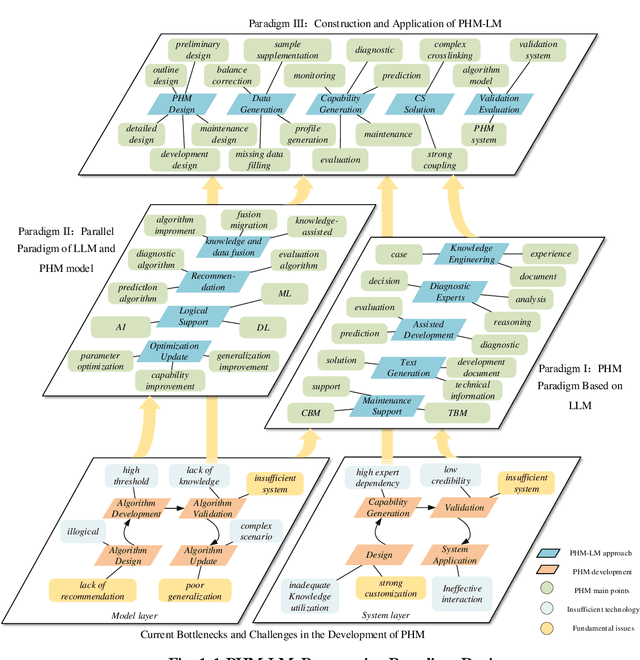
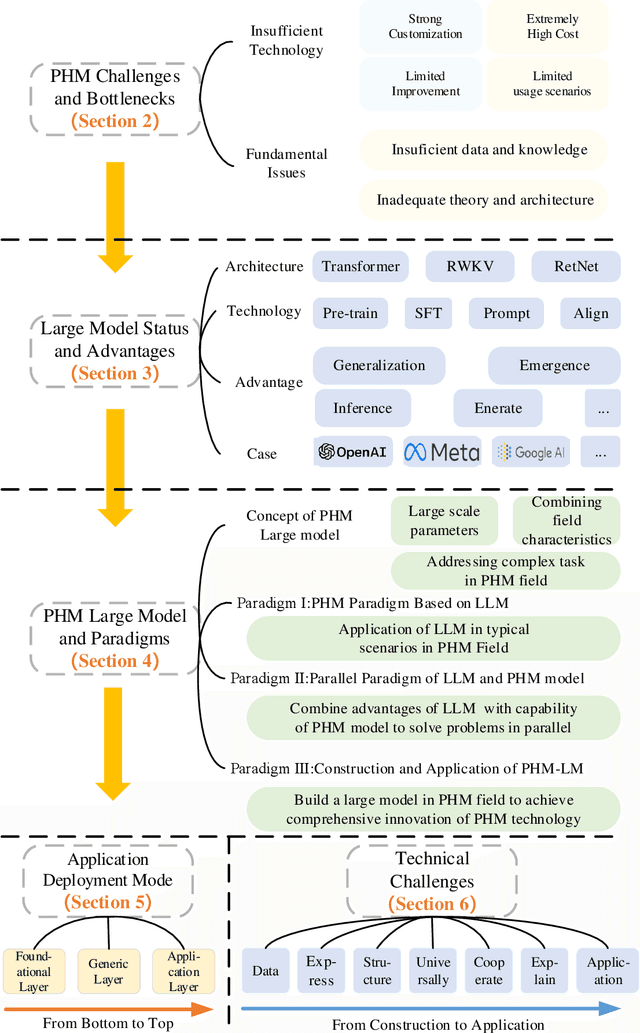
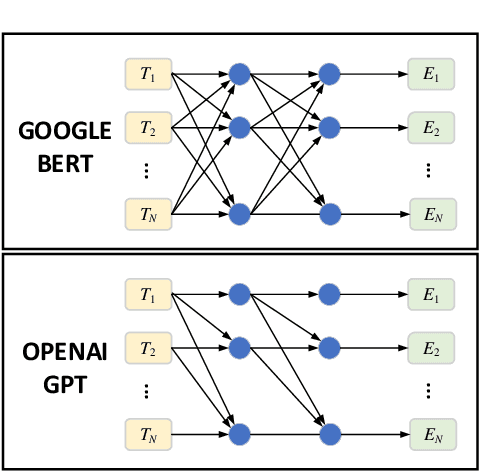
Abstract:Prognosis and Health Management (PHM), critical for ensuring task completion by complex systems and preventing unexpected failures, is widely adopted in aerospace, manufacturing, maritime, rail, energy, etc. However, PHM's development is constrained by bottlenecks like generalization, interpretation and verification abilities. Presently, generative artificial intelligence (AI), represented by Large Model, heralds a technological revolution with the potential to fundamentally reshape traditional technological fields and human production methods. Its capabilities, including strong generalization, reasoning, and generative attributes, present opportunities to address PHM's bottlenecks. To this end, based on a systematic analysis of the current challenges and bottlenecks in PHM, as well as the research status and advantages of Large Model, we propose a novel concept and three progressive paradigms of Prognosis and Health Management Large Model (PHM-LM) through the integration of the Large Model with PHM. Subsequently, we provide feasible technical approaches for PHM-LM to bolster PHM's core capabilities within the framework of the three paradigms. Moreover, to address core issues confronting PHM, we discuss a series of technical challenges of PHM-LM throughout the entire process of construction and application. This comprehensive effort offers a holistic PHM-LM technical framework, and provides avenues for new PHM technologies, methodologies, tools, platforms and applications, which also potentially innovates design, research & development, verification and application mode of PHM. And furthermore, a new generation of PHM with AI will also capably be realized, i.e., from custom to generalized, from discriminative to generative, and from theoretical conditions to practical applications.
Confidence Self-Calibration for Multi-Label Class-Incremental Learning
Mar 19, 2024



Abstract:The partial label challenge in Multi-Label Class-Incremental Learning (MLCIL) arises when only the new classes are labeled during training, while past and future labels remain unavailable. This issue leads to a proliferation of false-positive errors due to erroneously high confidence multi-label predictions, exacerbating catastrophic forgetting within the disjoint label space. In this paper, we aim to refine multi-label confidence calibration in MLCIL and propose a Confidence Self-Calibration (CSC) approach. Firstly, for label relationship calibration, we introduce a class-incremental graph convolutional network that bridges the isolated label spaces by constructing learnable, dynamically extended label relationship graph. Then, for confidence calibration, we present a max-entropy regularization for each multi-label increment, facilitating confidence self-calibration through the penalization of over-confident output distributions. Our approach attains new state-of-the-art results in MLCIL tasks on both MS-COCO and PASCAL VOC datasets, with the calibration of label confidences confirmed through our methodology.
AI Empowered Channel Semantic Acquisition for 6G Integrated Sensing and Communication Networks
Jan 17, 2024
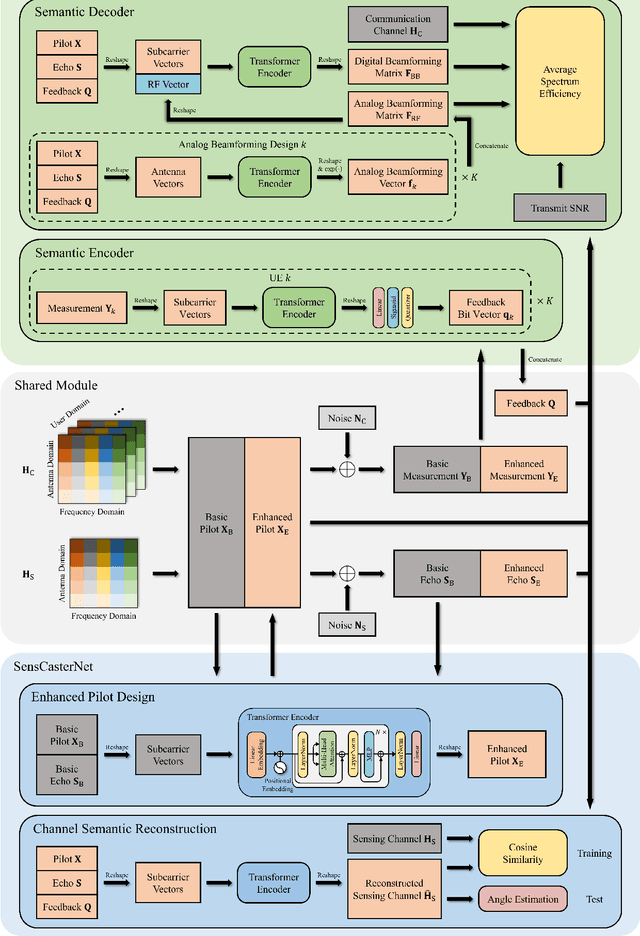


Abstract:Motivated by the need for increased spectral efficiency and the proliferation of intelligent applications, the sixth-generation (6G) mobile network is anticipated to integrate the dual-functions of communication and sensing (C&S). Although the millimeter wave (mmWave) communication and mmWave radar share similar multiple-input multiple-output (MIMO) architecture for integration, the full potential of dual-function synergy remains to be exploited. In this paper, we commence by overviewing state-of-the-art schemes from the aspects of waveform design and signal processing. Nevertheless, these approaches face the dilemma of mutual compromise between C&S performance. To this end, we reveal and exploit the synergy between C&S. In the proposed framework, we introduce a two-stage frame structure and resort artificial intelligence (AI) to achieve the synergistic gain by designing a joint C&S channel semantic extraction and reconstruction network (JCASCasterNet). With just a cost-effective and energy-efficient single sensing antenna, the proposed scheme achieves enhanced overall performance while requiring only limited pilot and feedback signaling overhead. In the end, we outline the challenges that lie ahead in the future development of integrated sensing and communication networks, along with promising directions for further research.
Query lower bounds for log-concave sampling
Apr 05, 2023Abstract:Log-concave sampling has witnessed remarkable algorithmic advances in recent years, but the corresponding problem of proving lower bounds for this task has remained elusive, with lower bounds previously known only in dimension one. In this work, we establish the following query lower bounds: (1) sampling from strongly log-concave and log-smooth distributions in dimension $d\ge 2$ requires $\Omega(\log \kappa)$ queries, which is sharp in any constant dimension, and (2) sampling from Gaussians in dimension $d$ (hence also from general log-concave and log-smooth distributions in dimension $d$) requires $\widetilde \Omega(\min(\sqrt\kappa \log d, d))$ queries, which is nearly sharp for the class of Gaussians. Here $\kappa$ denotes the condition number of the target distribution. Our proofs rely upon (1) a multiscale construction inspired by work on the Kakeya conjecture in harmonic analysis, and (2) a novel reduction that demonstrates that block Krylov algorithms are optimal for this problem, as well as connections to lower bound techniques based on Wishart matrices developed in the matrix-vector query literature.
Fisher information lower bounds for sampling
Oct 05, 2022Abstract:We prove two lower bounds for the complexity of non-log-concave sampling within the framework of Balasubramanian et al. (2022), who introduced the use of Fisher information (FI) bounds as a notion of approximate first-order stationarity in sampling. Our first lower bound shows that averaged LMC is optimal for the regime of large FI by reducing the problem of finding stationary points in non-convex optimization to sampling. Our second lower bound shows that in the regime of small FI, obtaining a FI of at most $\varepsilon^2$ from the target distribution requires $\text{poly}(1/\varepsilon)$ queries, which is surprising as it rules out the existence of high-accuracy algorithms (e.g., algorithms using Metropolis-Hastings filters) in this context.
 Add to Chrome
Add to Chrome Add to Firefox
Add to Firefox Add to Edge
Add to Edge